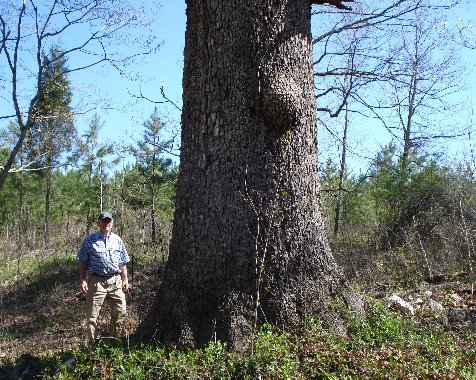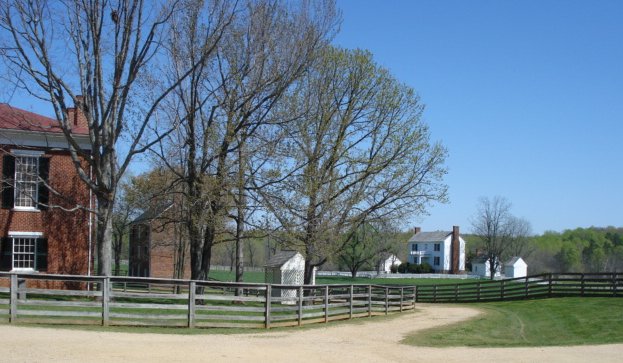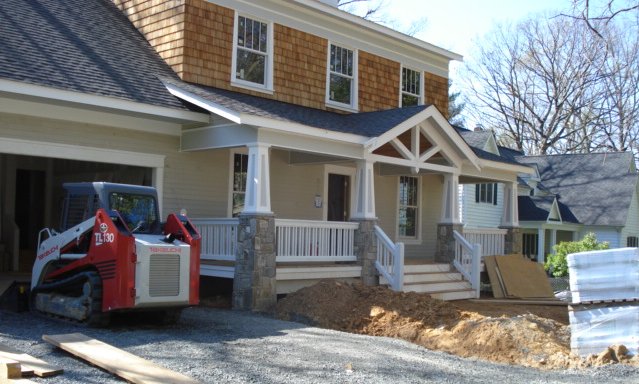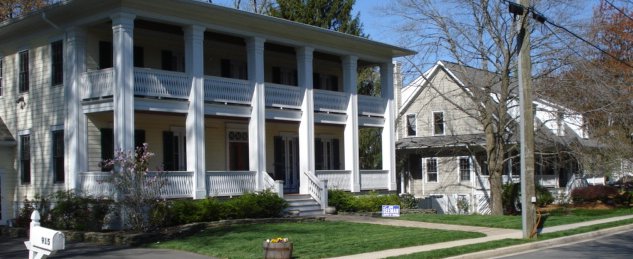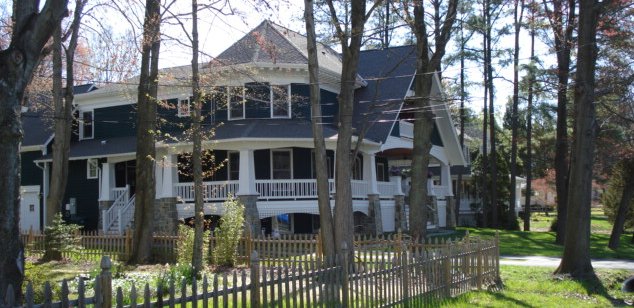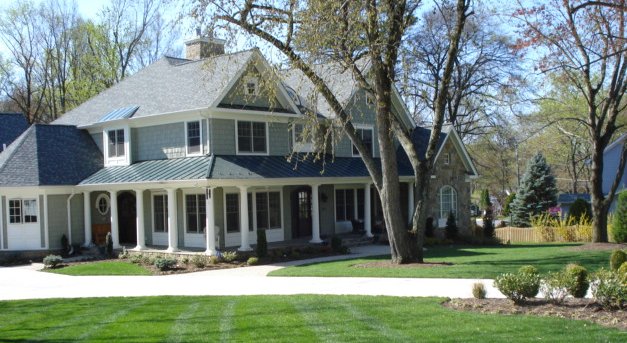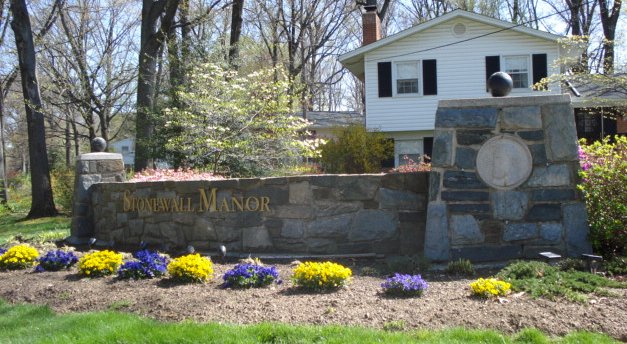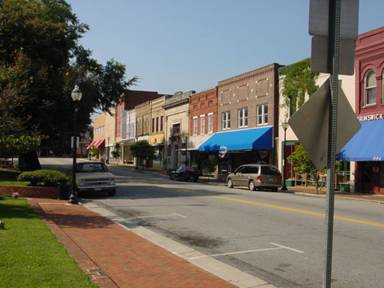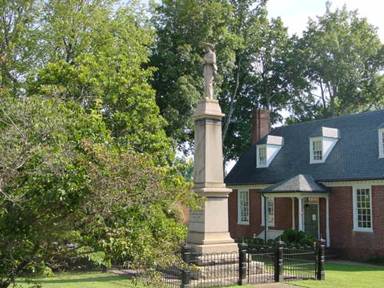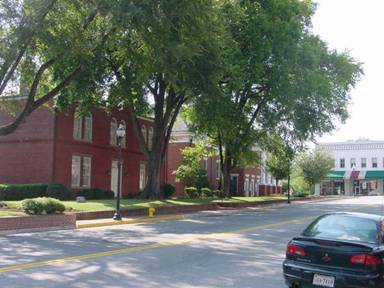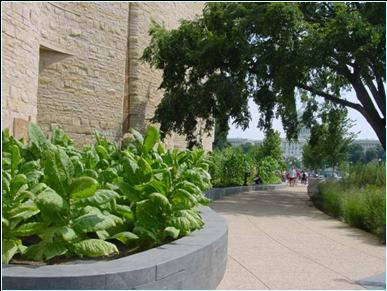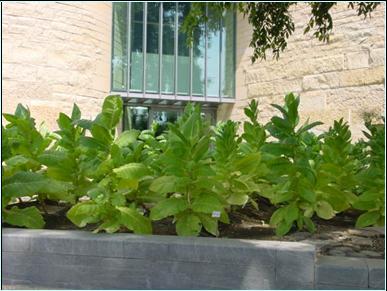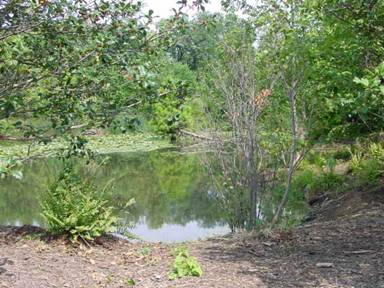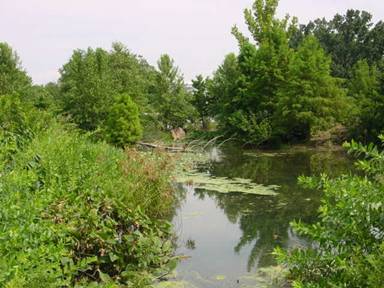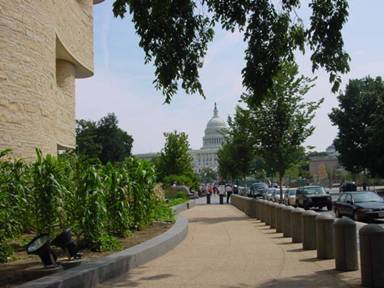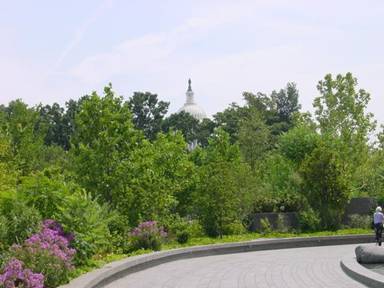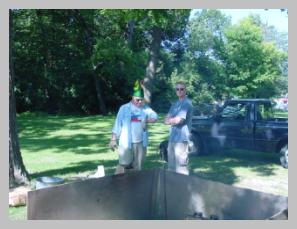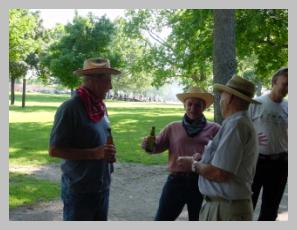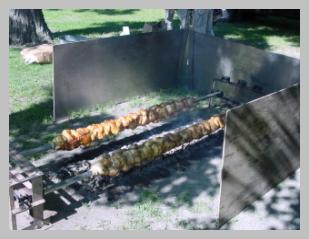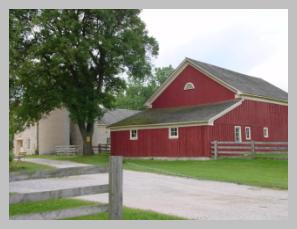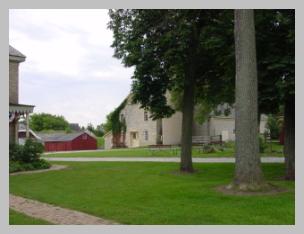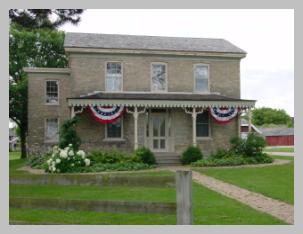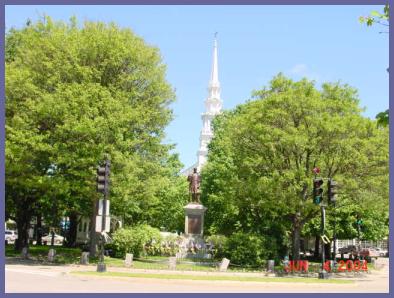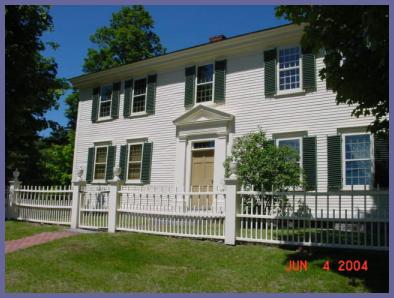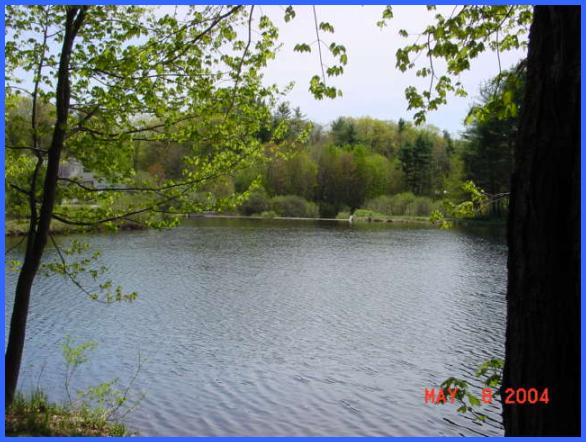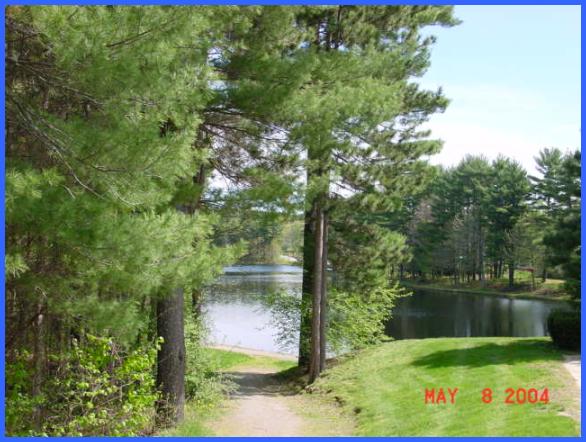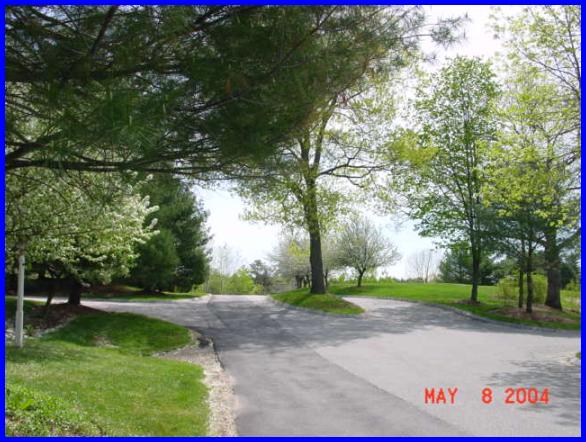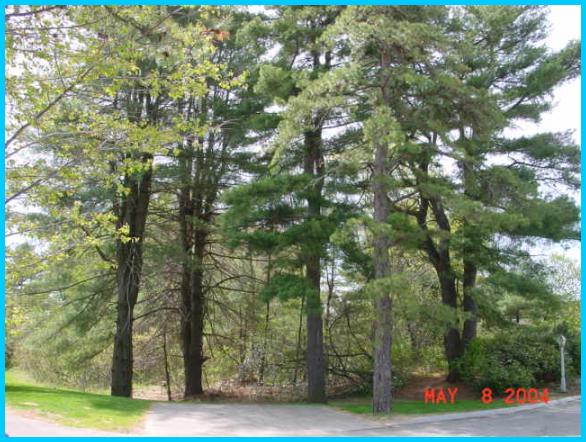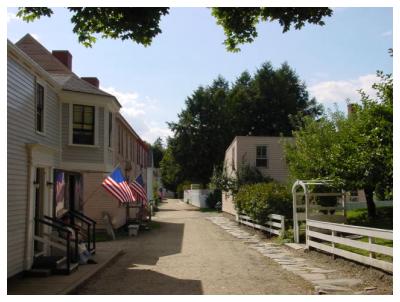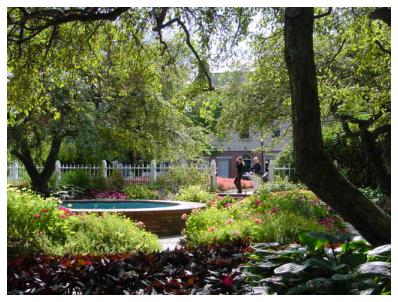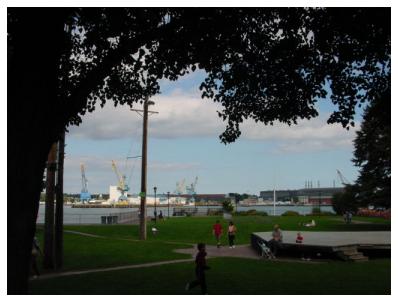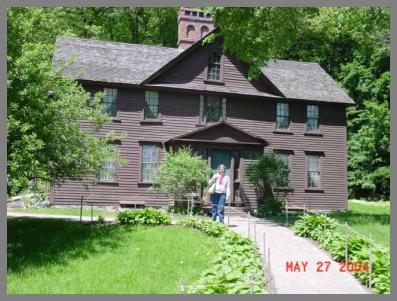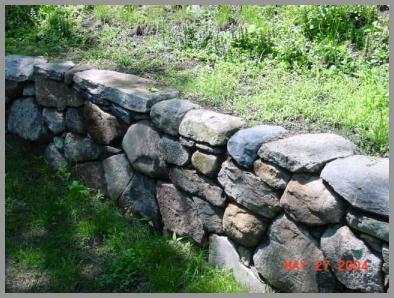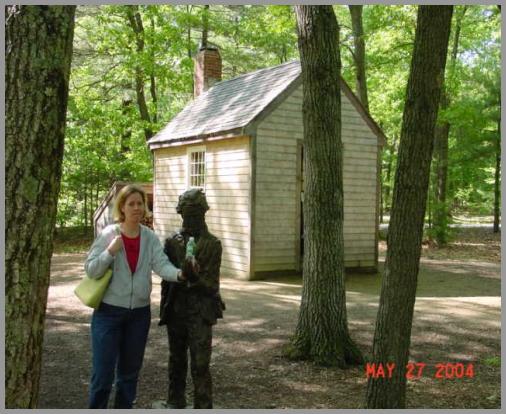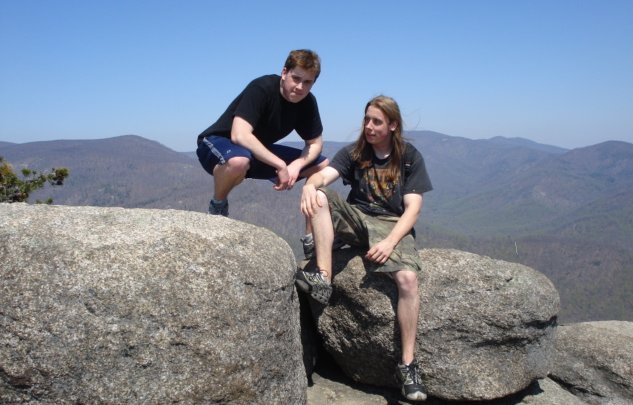
We went out to Old Rag in the Shenandoah today. The weather was beautiful. Old Rag is the best hike in Virginia. In the roughly eight miles, you get lots of variety, including very interesting rock scrambles and excellent views. I don’t go on the weekends, since it gets too crowded. On weekdays it is just right.
Below – This rock has been hanging there since the last ice age, or longer, but I am always afraid it will let loose just as I am squeezing below.
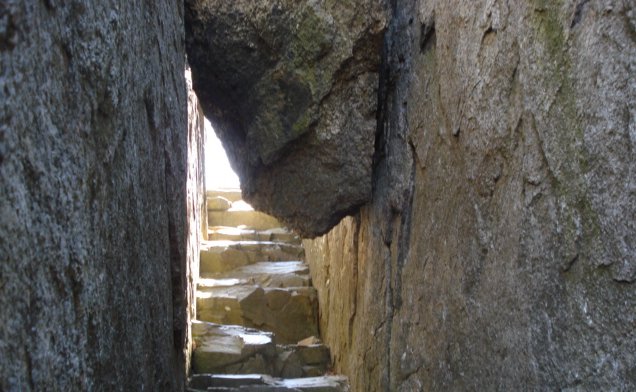
Alex & Espen are in good condition these days. I used to have to drag them behind me; now I am the one being pulled along. They were making fun of me. With each jump they asked me if I was worried about breaking a hip. I have to admit that I am not as nimble as I used to be and I am more likely to shimmy down and less likely to leap. You re better off, BTW, wearing softer bottom shoes. Stiff bottomed hiking boots protect you from the rocks, but it is good to have shoes that allow a little toe dexterity.
Below – ditto this rock
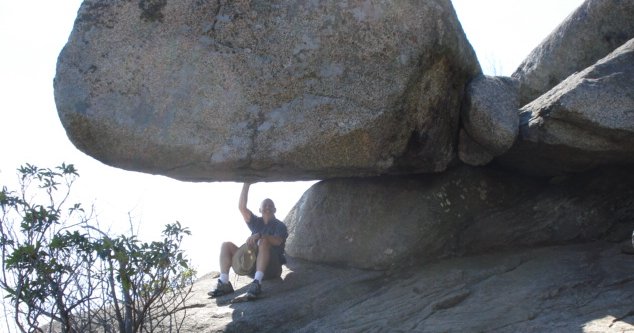
Old Rag is one of my “home places”. This is my 24th year of coming here. I first took the boys when Espen was only seven years old. They still remember that time, or at least remember the story of that time. It was a very foggy day and the low visibility gave the whole place a surreal, end of the world type look. Somebody brought a dog names Spike. We couldn’t see them, but we heard the group behind us. Now it is against the rules to bring dogs, with good reason. Dogs do not do well on the rocks and they might knock somebody off. In this case, it was Spike himself who had the problem. We heard barking and people calling to Spike. Then we heard somebody say, “Spike no.” After that, we heard Spike no more. What happened I don’t know, but I don’t think it was good.
Below – You can imagine the problems a dog might have climbing those rocks ahead of Espen. They are steeper than they appear in the picture.
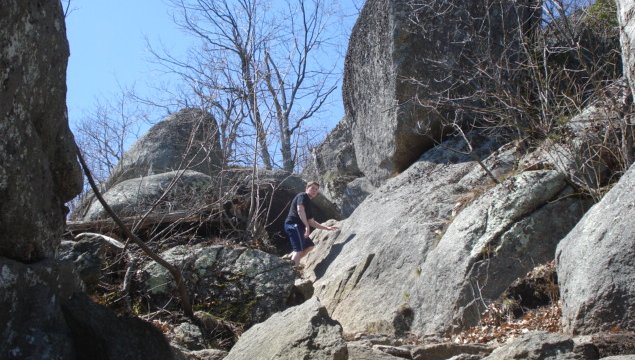
My friend Doron Bard and I once hiked up here with his dog called Tuckahoe. I had to literally throw Tuckahoe up some of the rocks; Doron caught him and he did not suffer Spike’s fate, but we learned that dogs and sheer rocks don’t mix. Their little paws slip and canines just cannot climb as well as hominids.
Below – This used to be labeled “Fat man passage” but the PC crowd scrubbed it off.

Anyway, enjoy the pictures and do the hike. From Sperryville, go south on 522 to SR 601 and follow the signs. Nearby is another great hike in White Oak Canyon.
Below – How great thou art. Every time I am up in the hills, I feel newly inspired. The words of the old hymn come to mind: O Lord my God, When I in awesome wonder, Consider all the worlds Thy Hands have made; I see the stars, I hear the rolling thunder, Thy power throughout the universe displayed.
Then sings my soul, My Saviour God, to Thee, How great Thou art, How great Thou art. Then sings my soul, My Saviour God, to Thee, How great Thou art, How great Thou art!
When through the woods, and forest glades I wander, And hear the birds sing sweetly in the trees. When I look down, from lofty mountain grandeur And see the brook, and feel the gentle breeze.
Fits well, doesn’t it.
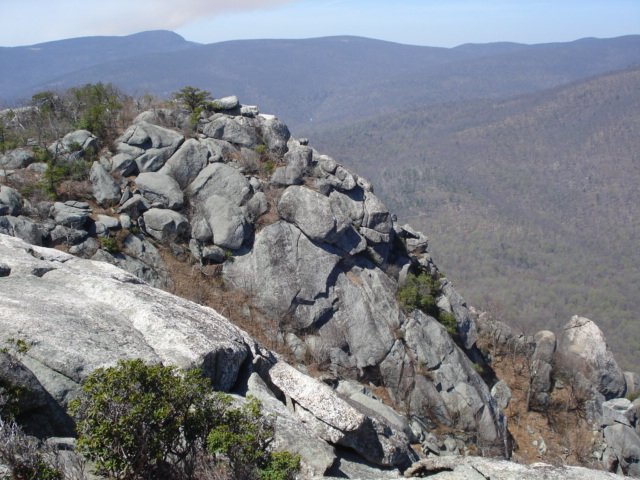
I am enjoying my trip home and I have to admit the thought of returning to Iraq is not a pleasant one. But, what can you do? I often make this mental experiment. Imagine you have lost everything and then you got it back. How lucky are you? I am lucky now and will be again.
Below – For the good (non-Iraq) times.
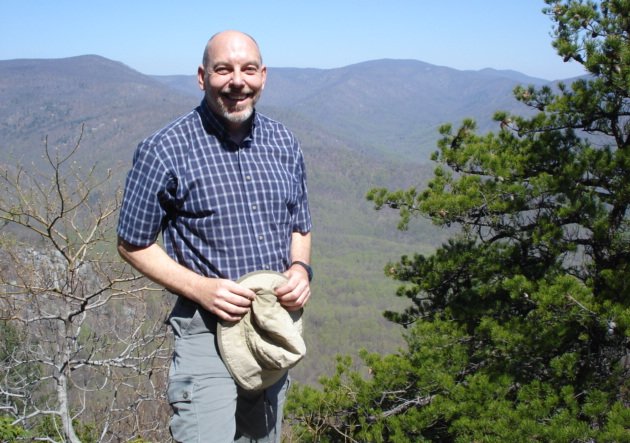
Below – Not all is well. Over the last 20 years almost all the hemlocks have died out, victims of the hemlock whooly agelgid, introduced from Asia in 1924. Invasive species are as much of a threat to our forests and ecosystems as global warming.
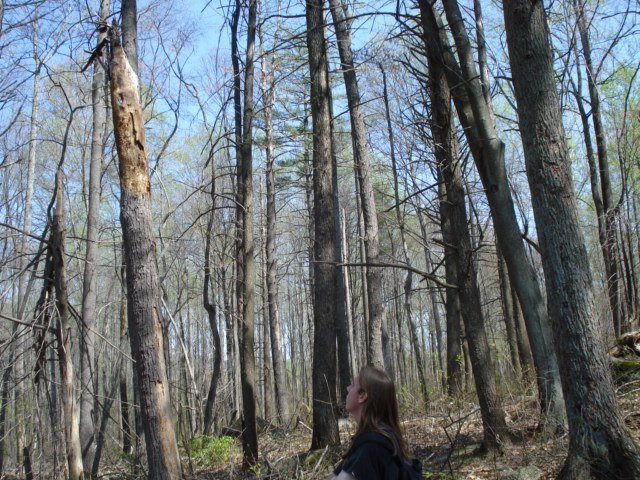
Hemlocks used to line this stream. It was dark and beautiful and the shade cooled the water. There is no easy replacement for the niche formerly occupied by the hemlock in Eastern N. America.
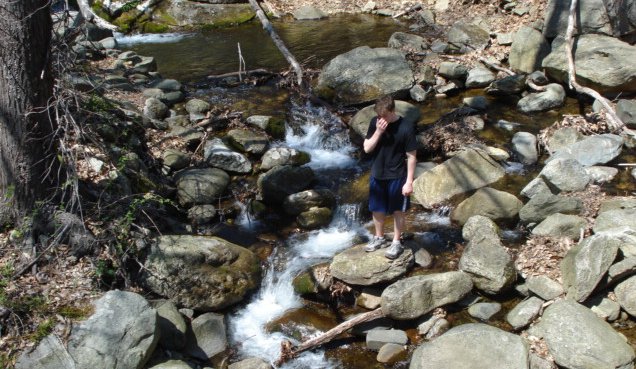
BTW – Espen & Alex wanted to drink the water. I think the water is clean, but drinking it is not a good idea. We each had two cans of Coke Zero & a salami sandwich. What other rations can you need for a hike like this?

